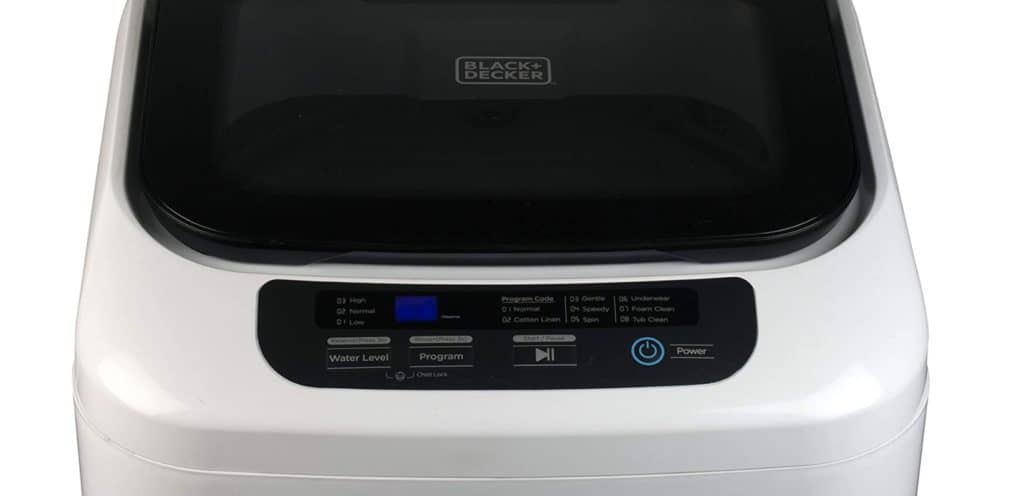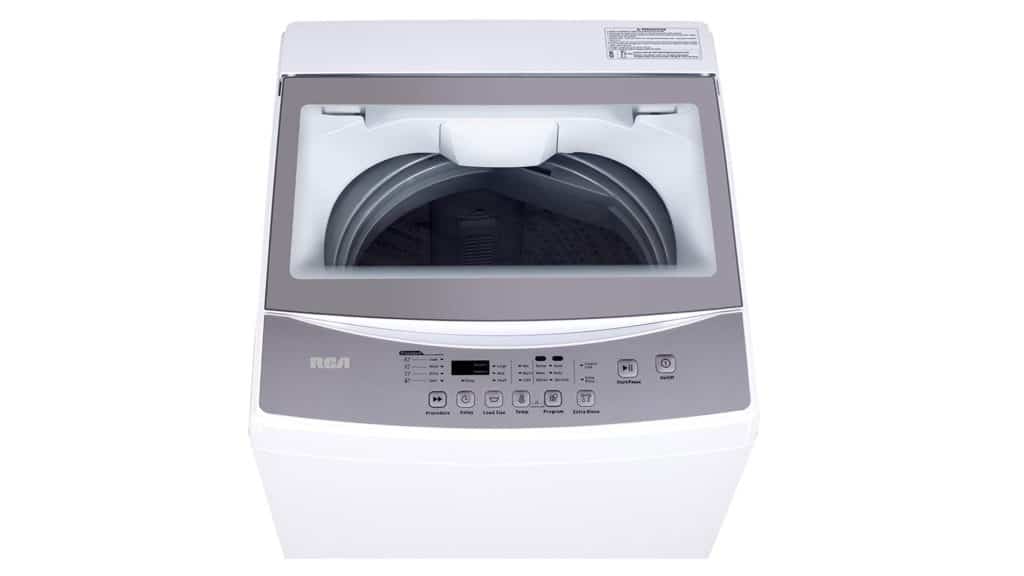Clothes washing needs aren’t the same for every person or every family. For many of us a portable washing machine is a smart solution.
What Is A Portable Washing Machine?
If you are new to the idea of a portable washing machine, it’ll be worth figuring out exactly what the product entails. A portable washing machine is a clothes washing device that will wash and rinse your clothes, like any other washing machine. These are normally small enough to roll around your home or apartment without difficulty and then store in a closet.
Portable washing machines don’t have permanent water hookups and they don’t require large 220V power connections. Rather, they are either powered with a standard outlet (110V in the US) or they are manually powered under some circumstances where no power is available. These machines get their water from a bucket or, more commonly, a hose connected to a faucet.
What Do You Need To Run A Portable Washing Machine?
To operate a portable washing machine you simply need two things: power and water. These will come in the form of an electrical outlet for power and a faucet for water. This means any bathroom, half bathroom, or sink will be sufficient for a portable washing machine.
You should, of course, use a GFI outlet as there is water involved but this won’t be an issue if you are using any outlet within a few feet of a water source.
Most sinks will need some sort of adapter in order to connect to the washing machine’s hose, but it’s quite easy to find a sink aerator adapter set that will fit your faucet and chosen machine. The only problem will be if you want to use your machine in the kitchen and you have a spray head or similarly complex faucet head.
Picking Your Portable Washer
When choosing the right portable washing machine for you, make you don’t go too big or too heavy! These units aren’t huge, but lugging them from room to room isn’t necessarily a fun task. You are better off with a small unit, running more loads, and being able to move it easily then going with something too big!

Black+Decker BPWH84W Washer Portable Laundry
One popular option if the Black+Decker BPWH84W, which sells for about $200. This machine is small, reliable, and it can clean about 6 pounds of clothing. That’s about 2 pairs of jeans and 4 t-shirts, plus some socks and other miscellany.
The entire portable washing machine weighs about 40 pounds, so it’s not a tiny device and it’s not something you’ll want to pick up and move too far. It measures in at 20 inches wide, 20 inches deep, and about 34 inches tall, so you can slide it into a closet when it’s not in use, but it’ll be too big to keep in a city apartment’s bathroom when you aren’t using it.
This machine has a very good spin cycle, which means clothes come out of it surprisingly dry. You can hang them on a shower rod or folding clothes drying rack and everything will be completely dry in about 4 hours.
Another highly recommended model, though one I haven’t yet used, is the Magic Chef Top Load Portable Washing Machine (model: MCSTCW09W1). It sells for about $215.
A Dolly Or No?
Some people like to put their portable washing machines on a wheeled dolly in order to make the machine easier to move around. While this makes a lot of sense, you’ll want to be careful moving the machine around as the setup is a little top heavy.
How To Use A Portable Washing Machine
It’s a lot like a normal washing machine, but a bit different.
- Sort your laundry, keeping in mind that most portable washing machines can handle about 6-8 pounds of clothing (about 1 cubic foot).
- Connect the hose do the washer and then connect it to the faucet.
- If your washing machine has a drain, place it into a sink, bathtub, bucket, or similar container. Make sure it’s secure to prevent leaks.
- Plug in and power up the portable washing machine.
- Put the clothing inside, making sure not to overfill the unit
- Put in the detergent. Try using a lightweight, easy-to-dissolve liquid detergent as opposed to pods or powder, which won’t dissolve as well.
- Turn the water faucet on. Make sure you do this before the cycle starts!
- Set the cleaning type you want and start the washing cycle
- At the end of the cycle, make sure the machine is fully drained
- If water is necessary for a rinse cycle, add it not. If your machine doesn’t require this, move on to the next step
- With the cycle complete, see if any draining if needed, if not remove the clothes and hang them to dry. If your machine has a spinner cycle, you can do this first. Spinning works best in smaller batches so consider placing half the clothes aside.
- Unplug the machine
- Disconnect any hoses
- With the clothes out of the machine and drying, empty all the water from the machine and dry it out the best you can. Leave any doors cracked so the machine will continue to dry until your next use.

